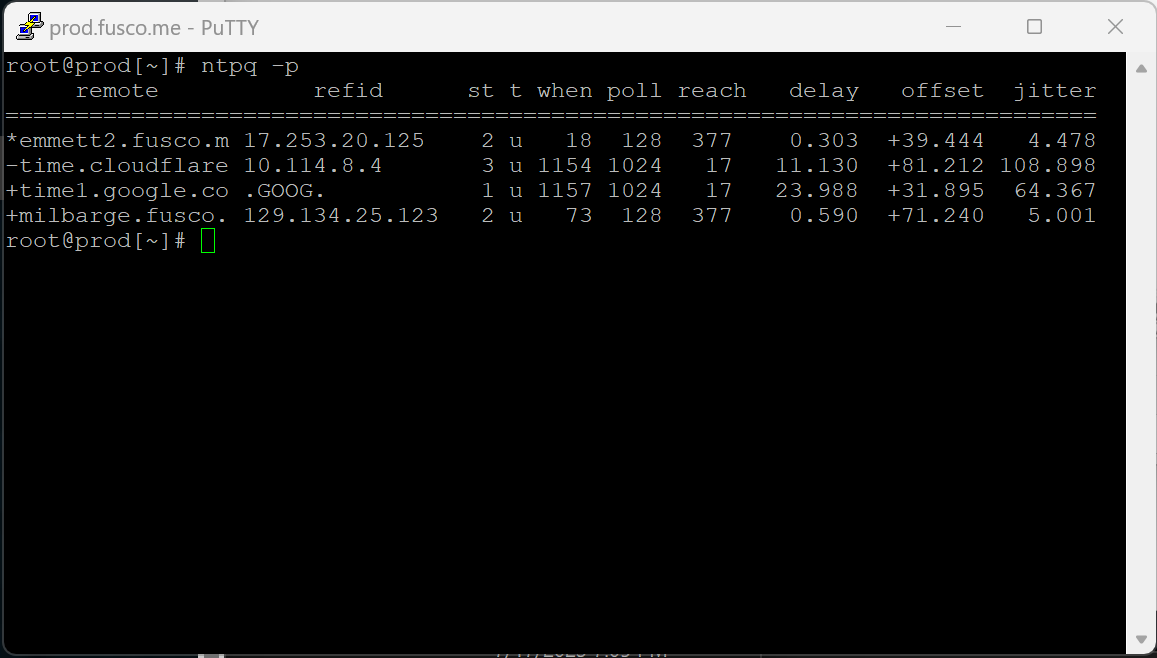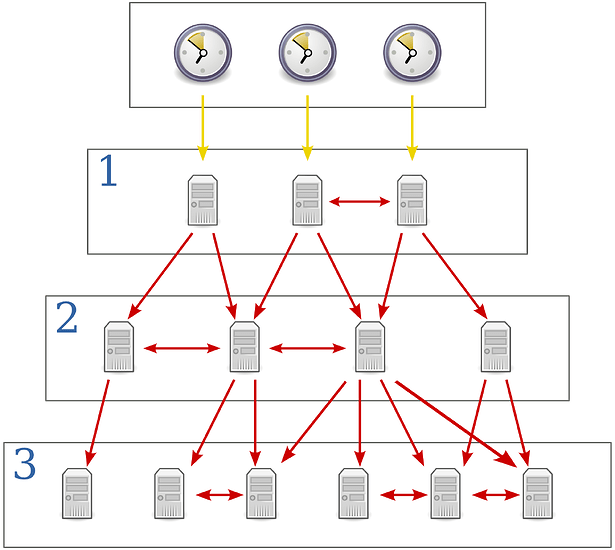I believe it is no longer necessary to use NTP every so often to resynchronize your system clock. A majoriy of new motherboards have a NIC with a PTP clock which has hardware-time-stamping. Using this internal clock, rather than the standard RTC of the motherboard, the system time will remain more stable with less overall drift.
There is a very high chance you have a NIC-hardware clock in your system.
ethtool -T device
ip a
ip a, is a shorter version of ip addr which is the replacement for ifconfig.
Enter the active network device name to check its capabilities. I assume most wireless devices currently do not support PTP or hardware time-stamping.
I just recently learned about Chrony, which I assumed was something like cron, the task scheduler. Chrony is probably the most interesting Linux program there is regarding time keeping. It doesn’t poll an NTP server constantly. Instead through the wonderous power of arythmetic, will calculate drift.
I assume the drift can only reliably be calcuoated through longer time-interval ntp syncs. However it works, it will eventually figure out how much your RTC clock, and PTP clocks are drifting. I am not sure of it changes the frequemcy of the RTC but I understand so far, it temporarily changes the PTP hardware clock in the NIC to eliminate offset from the NTP source and constantly monitors the clock accuracy while the service is running, even when not syncing to an external server.
I think this is as close as one can get to an accurate as possible system clock when PTP servers are for unknown reasons not accessible with software.
NIST, National Institute of Standards and Technology operates atomic clocks, and has developed an even more accurate atomic clock. I get the impression that using their service (the one that is recommended for just NTP only) openly listed on their website, in combination with chrony set to use the PTP (or PHC) clock is far more accurate than using basic timedatectl with ntp linux pool relying on the RTC.
I think this would be a great way to vastly reduce our reliance on NTP servers and make use of the new hardware clocks many of us already have in our machines. Might as well put that NIC hardware clock to good use!























